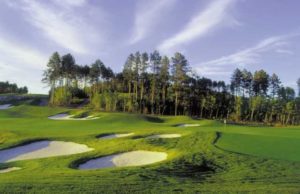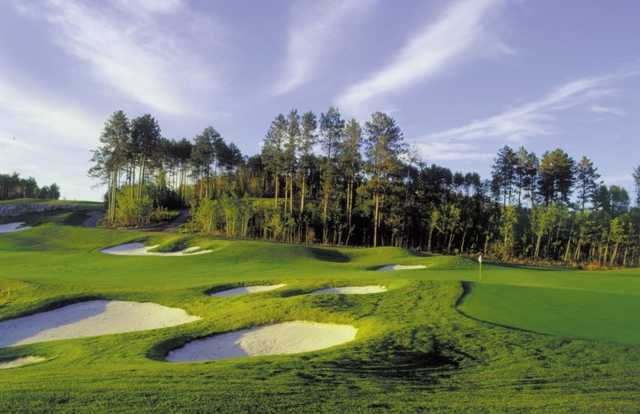ASGCA Past President Jeff Brauer, ASGCA (Jeff Brauer Golf Scapes) writes in Golf Course Industry on his philosophy designing bunkers, those “greenside hazards.”
 The article reads, in part:
The article reads, in part:
While following nature as much as possible, I seek differentiation by varying the number and type of greenside bunkers at each hole. I strive for some greens with no bunkers up to those with seven or eight. The most bunkers I ever put on a green was 11, on a par 3, which created a dramatic “sea of sand” effect, which can be overused.”
If two greens have the same number of bunkers, they get totally different arrangements, mixing large, medium, small or pot bunkers. Some sizing rules usually apply – open areas tend to get bigger bunkers because of available room and “scale.” However, sand bunkers provide visual scale and are good distance markers. They can be purposely over- or under-sized to fool the eye. Greens with no bunker can be the most difficult to judge the approach shot.
I like subtle and strategic interplay between different hazards. Placing them in varying locations – staggering them to front, back, either side, close to the green, far from the green, above it, below it or both on one side.
Knowing golfers instinctively play away from higher penalty and visually dominant sand or water hazards, I mix hard hazards with benign one (or none at all) on the other side. This creates both the temptation of par vs. the dilemma of possible double bogey, and that makes golf entertaining.
I also like the aesthetics and variety of other hazard types, and use mounds, grass hollows and grass bunkers, steep grass banks and fairway height “chipping areas.”
The complete article can be seen here.

